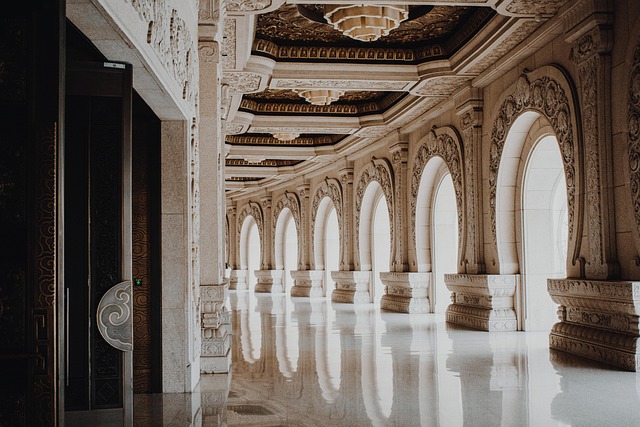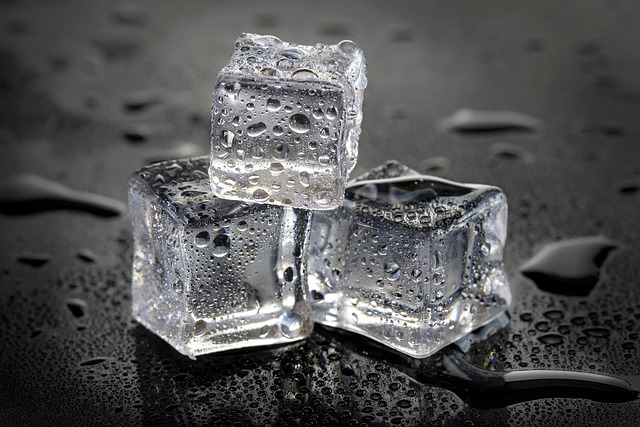When a photographer steps out into the world, the light is the first thing they must manage. The brilliance of the sun can both inspire and threaten the image. A simple, often overlooked tool— the sun filter—serves as a frontline defense against glare, flare, and sensor overload. While some professionals dismiss it as a vanity accessory, a well‑chosen sun filter can dramatically improve image quality, extend lens life, and provide a safety net for unpredictable light conditions.
What Exactly Is a Sun Filter?
A sun filter is a piece of optical glass or plastic fitted to the front of a camera lens. Its primary functions are to reduce the intensity of incoming light, mitigate chromatic aberration, and block unwanted wavelengths. Depending on the type— neutral density, infrared, polarizing, or anti‑glare—each filter offers a different balance of light reduction and color fidelity.
- Neutral Density (ND) Filters reduce light evenly across all wavelengths, allowing for slower shutter speeds or wider apertures in bright conditions.
- Polarizing Filters cut glare from reflective surfaces and deepen sky blue, while also reducing haze.
- Infrared Filters block infrared light that can otherwise cause color shifts or overexposure on certain sensors.
- Anti‑Glare Filters have a matte surface that scatters stray light, preventing flare when shooting directly into the sun.
The Myth of the “One‑Size‑Fits‑All” Filter
Many photographers believe a single filter can address all light issues. The reality is nuanced: a strong ND filter may over‑darken a landscape, while a polarizer can alter color balance if the sun is low. Understanding the specific scenario—be it a bright midday portrait or a low‑sun dusk shot—guides the appropriate filter choice.
“Filters are like lenses for the eye: they modify what you see, but they do not replace the eye itself.” – Dr. L. H. Kim, Optical Physicist
Benefits of Using a Sun Filter
Beyond the obvious light reduction, sun filters provide tangible advantages for both image quality and equipment longevity.
- Reduced Lens Wear – By limiting the amount of bright light that strikes the glass, the filter protects the front element from dust, moisture, and accidental impacts.
- Improved Contrast – With less stray light, the dynamic range of the sensor can be fully utilized, producing richer blacks and brighter highlights.
- Faster Shutter Speeds in Bright Conditions – A 3‑stop ND filter allows a photographer to maintain a shallow depth of field even when shooting in full sun.
- Versatility in Composition – Polarizers help to keep skies saturated and reduce reflections from water or glass, expanding creative options.
- Consistent Color Balance – Infrared filters ensure that the sensor’s spectral response matches the visible spectrum, preventing unwanted color casts.
Choosing the Right Filter Size and Type
Filter selection begins with the lens diameter. Modern lenses often feature filter threads ranging from 49 mm to 77 mm; matching the thread size prevents fitting errors. For lenses without a front filter slot— such as certain vintage or specialty optics— a drop‑in or clamp system can be used, though it may introduce minor optical distortion.
Once the size is confirmed, the next decision is filter strength. For a 1‑stop reduction, a filter marked ND2 or ND1.0 is appropriate; a 4‑stop reduction requires ND16 or ND2.0. When polarizing, the number on the filter indicates its attenuation level; a 3‑stop polarizer offers balanced glare control without excessive darkening.
Material choice matters. High‑quality glass provides superior light transmission and less refraction. However, lightweight polycarbonate filters are often sufficient for everyday shooting and come at a lower cost.
Installation and Usage Tips
Attaching a sun filter is straightforward but demands attention to detail to avoid damaging the lens.
- Clean the Lens – Use a microfiber cloth and lens cleaning solution to wipe the front element before placing the filter. Any smudge can be magnified by the filter’s surface.
- Secure the Filter – Gently hand‑tighten the filter onto the thread; avoid over‑tightening, which can warp the lens barrel.
- Rotate for Polarization – If using a polarizing filter, rotate the filter until the desired glare reduction is achieved. The effect is often subtle and can be fine‑tuned by slightly adjusting the angle.
- Check for Reflections – In direct sun, hold the camera to observe the filter’s surface; a clean anti‑glare coating should produce minimal internal reflections.
- Record Settings – Note the filter’s ND or polarization level in the camera’s metadata or a shooting log to maintain consistent exposure settings.
Maintenance and Care
A sun filter’s longevity hinges on proper maintenance. Store filters in a padded case when not in use. Avoid placing the filter directly on the lens barrel to prevent scratches. If the filter becomes cloudy or discolored, consider replacing it rather than cleaning aggressively; the cleaning process can introduce scratches that compromise optical clarity.
When changing filters on the fly— for instance, swapping from a polarizer to an ND filter during a shoot— make sure to use a soft cloth to wipe the filter’s front side before removal to prevent streaks on the lens or filter.
Real‑World Applications
Sun filters are indispensable across a range of photographic genres. Here are a few scenarios where they shine:
- Landscape Photography – A 4‑stop ND filter lets photographers capture long‑exposure waterfalls or cloud trails while keeping the exposure within the sensor’s limits.
- Portraits in Bright Light – Polarizing filters reduce specular highlights on skin and clothing, allowing for cleaner exposure without losing depth of field.
- Sports and Action – In outdoor stadiums, a sun filter can keep the sensor from overexposing the bright sky, preventing blown‑out highlights on athletes.
- Astrophotography – Infrared filters suppress unwanted spectral noise, ensuring that the long exposures capture crisp stars rather than a washed‑out background.
- Commercial Product Shoots – Anti‑glare filters minimize reflections on glossy surfaces, enabling precise control over lighting and color.
Case Study: The Urban Rooftop Session
During a rooftop shoot in a bustling city, the photographer faced intense midday glare off glass facades. By installing a 2‑stop polarizing filter, the reflective glare was reduced by over 50 %. The photographer could then use a wide aperture to isolate the subject while maintaining sharp focus on the skyline. Without the filter, the images suffered from halo artifacts that required extensive post‑processing to correct.
Common Misconceptions
Even seasoned photographers sometimes fall prey to filter myths. Understanding these can save time and money.
- “Filters Always Reduce Image Quality.” In reality, high‑grade filters preserve color accuracy and sharpness; the key is to invest in reputable brands.
- “I Don’t Need a Filter in Cloudy Weather.” While clouds diffuse light, sudden bright patches can still overwhelm the sensor; a light ND filter can prevent overexposure.
- “Filters are Only for Aesthetics.” Their protective function for the front element is often overlooked, yet it protects against dust, fingerprints, and accidental knocks.
Budget vs. Professional Gear
For hobbyists, a set of basic ND filters (2‑stop and 4‑stop) can suffice. Professional gear may include a full suite of ND, polarizing, and infrared filters, often mounted in a dedicated filter holder system that allows quick swapping during a shoot. The decision should align with shooting style and frequency.
Future Trends in Filter Technology
Advancements in optical coatings and materials promise to make sun filters lighter, stronger, and more versatile. Some manufacturers are experimenting with nano‑coating technologies that reduce internal reflections by over 99 %, while others are integrating smart filters that change attenuation levels electronically based on ambient light sensors.
For now, the most reliable sun filters remain those that combine proven glass construction with multi‑layer anti‑reflective coatings. As technology evolves, photographers will have even more options to fine‑tune their light control without compromising image integrity.
Conclusion: The Sun Filter as an Essential Tool
In the dynamic environment of outdoor photography, a sun filter is more than an accessory; it is a strategic component that enables creative freedom, protects valuable equipment, and ensures consistent exposure. By understanding the types, benefits, and proper use of sun filters, photographers at all levels can elevate their craft and capture light with confidence.




